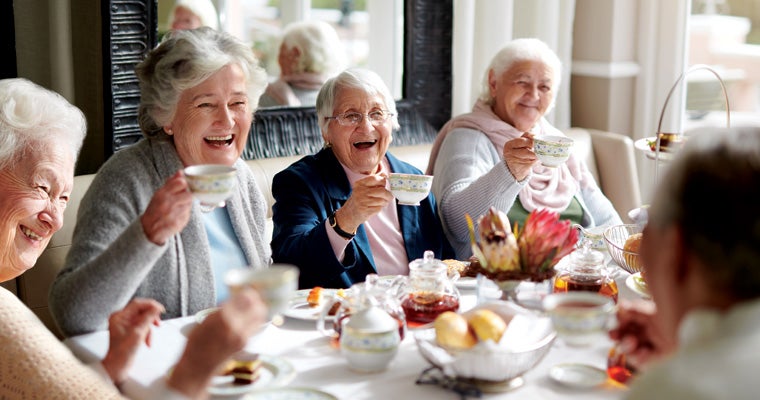Hosting events or taking food off-site holds plenty of potential.
The holidays are filled with festive events, and food often is part of the occasion. This makes internal and off-site catering an opportunity for for acute-care and senior-living centers. Feeding a crowd is nothing new, and catering can provide additional sales-building opportunities that showcase your nutritious, delicious menu specialties.
Internal catering
Serving staff, patients, and/or residents is the easiest and most common form of catering for healthcare operators. Offer catering for holiday departmental gatherings, parties or open houses. For senior living, internal catering gives residents a way to entertain in a very personal way “at home.”
External catering
External catering can be as simple as advertising community rooms for local groups, hosting holiday gatherings catered by your center or providing takeaway catering picked up by customers.
Culinary considerations
The setup. When developing a catering menu, internal catering requires foods that meet the special needs of patients, residents and visitors. A key to external catering is choosing foods that travel well. You also want to account for kitchen space needs, equipment and staffing to make sure you’re accounting for all of your expenses and charging correctly.
Food safety. Whether serving food onsite or off-premise, follow these tips to ensure that foods are kept safe:
- Cool potentially hazardous foods from 57°C to 21°C within two hours, and from 21°C to 5°C within four hours (six hours total).
- Chill food to below 5°C before transport.
- Divide large batches of food into smaller ones, place them in small metal pans in the refrigerator, freezer, or an ice-water bath, and stir often to dissipate heat.
Transportation. Food-safety guidelines require foods to remain covered until the dish is served to a patient or resident. Follow these practices when catering on- and off-site:
- Make sure transporters are clean and rust-free, and that food containers are sanitized and sealed.
- Preheat or pre-chill transporters according to the manufacturer’s instructions before loading.
- For food, use shallow pans (2-2½ inches deep) with fitted lids.
- Document adequate temperature/humidity controls for all perishable and potentially hazardous foods.
- Pack hot and cold items separately.
- Document food temperature on arrival.










